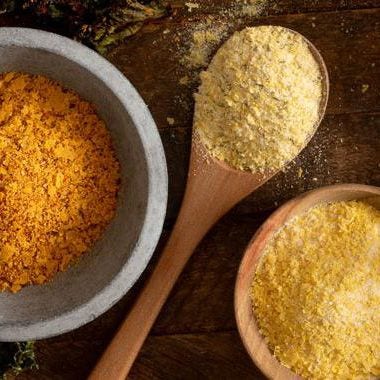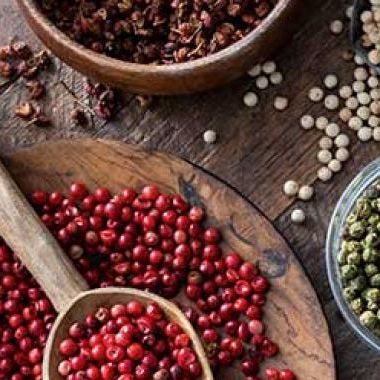Your Guide to Elderberries
The tart flavor of Elderberries makes them perfect for use in jellies, jams, syrups, relishes, chutneys, juices and alcoholic beverages.
Free shipping on orders over $39*
Shipping Policy
The tart flavor of Elderberries makes them perfect for use in jellies, jams, syrups, relishes, chutneys, juices and alcoholic beverages.

Nutritional yeast, is a kind of culinary yeast used in everything from popcorn seasonings to non-dairy cheese substitutes.

Pepper (Piper nigrum) is still the most traded spice in the world. It’s a staple in food manufacturing and in household kitchens.